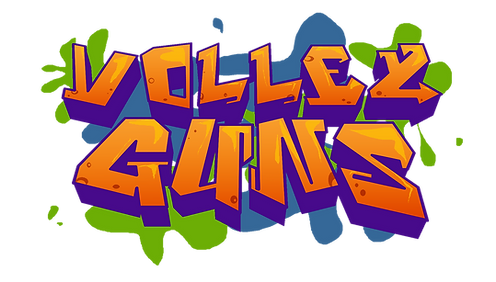
Producer ||January 2025-Present || 10 Months || Team Size: 12 || Todds Team
Prototype Phase
Producer
-
Created game builds and presentation materials for mentor reviews with Iron Galaxy, incorporating feedback into development.
-
Led weekly team meetings and organized playtesting sessions to assess progress and gather feedback.
-
Performed QA testing and logged issues to support iteration and improve game stability.
-
Managed task tracking and team coordination using project management tools like Trello or Jira to ensure steady progress.
-
Monitored and adjusted project scope to keep development focused and on schedule.
Kick Off
Volley Guns development started off as a paper prototype. We used a piece of paper, a pen, and some dice. We created the rules of the game and had a blast with it. We had crazy moments, lots of variables to tweak, and many ideas. We eventually pitched this game to our mentors Iron Galaxy. We got to work with Iron Galaxy through our program at MSU. They served as our clients for the entirety of the project and provided feedback and critique. I created a presentation and worked with the team to accurately present our ideas. They approved of the idea and we got to work.
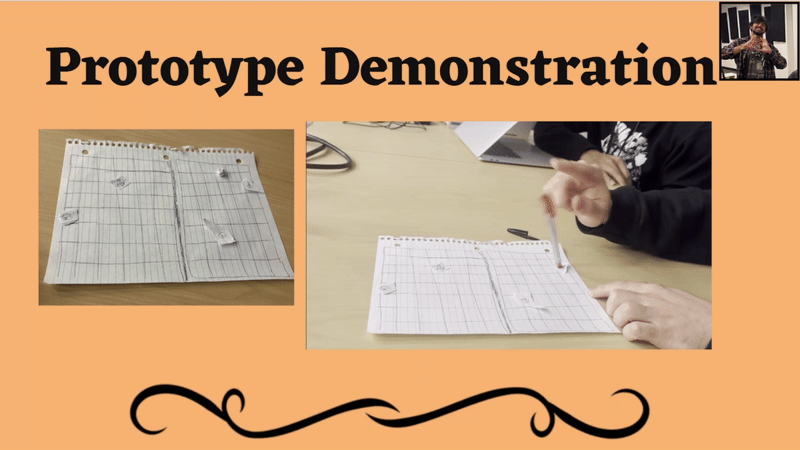
My first steps was to establish a clear way of distributing tasks. I created a Jira and set up sprints that had major goals for the project. I made sure to keep the scope of the project manageable and that expectations were clear for our entire time line. With that created we had a strong start going into the production phase.
Production
With the greenlight for the game, we started development with a focus on documentation. Any mechanics that were approved would need to be documented and reviewed by other team members as well. This created a strong foundation and kept the vision of the game clear. Each week we presented our progress to Iron Galaxy and we took their feedback and implemented it. We had 5 major sprints ~ Preproduction, Production, Alpha, Beta, Final.
During Production we had one main objective. Create a working prototype. This meant focusing on the design and programming sides while keeping art and audio in the loop to make sure they do not fall behind. After 2 weeks we successfully created a working prototype with local multiplayer. This helped us convey the general idea of our game and let us hold our first playtests. We quickly figured out that we would be adjusting the values of the weapon damage and ball bounciness very often.

Alpha
For our Alpha we needed to get more of our core concepts into the game. This included UI, environment art, weapons, and formations. Many of these ideas were critical for our game to succeed. I started the new sprint in the Jira and we began working on all the tasks. During this time I held multiple playtests to gather information as well. Getting the information from playtests, Iron Galaxy's feedback, internal playtesting and putting that onto the Jira was crucial to get the game to feel good.

Playtesting
During this time I also ran some playtests to gather more initial impression on the game. One of the biggest problems I witnessed was the skill floor was too high. Players were having issues keeping a rally going for a long time. It took players an average of two games to get a good handle on the game. With this news in hand I held a meeting with the designers to discuss the issues.


We were also having issues with players not being able to see where they are on screen. I brought this up with the art team and we discused multiple different approaches on how this could be solved. After experimentation, we landed on creating a outline shader to highlight where players would be.
Beta
After our alpha sprint we had our main mechanics finished. Our primary goal from here was too add in our secondary mechanics and bug fix. Our secondary mechanics included adding more cinematics, adding a replay camera, adding a timeout system, emotes, and adding dynamic music.
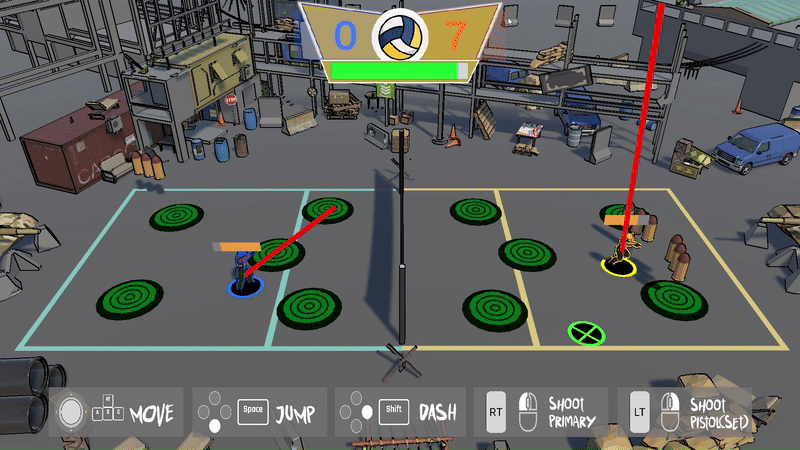
Onboarding - New SFX Designer
At the beginning of the sprint we onboarded a new sound effects designer. My first action was helping them familiarize themselves with the project. I set up a group playtest with the design team and audio lead and we explained the sound scape and design decisions. We also gave them a run through of our documentation and presentations as well. At the end of the onboarding process, we held a Q&A session and made sure they were on the same page as the rest of the team.

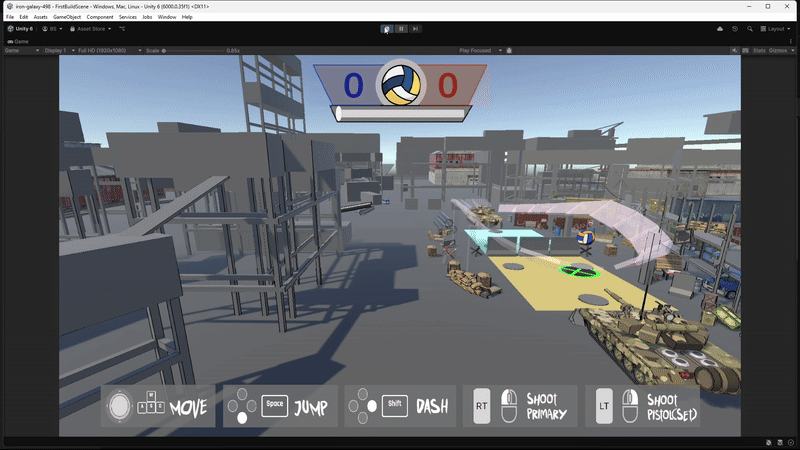
Cut Mechanics
During this sprint I took a step back and reevaluated our time line. There were multiple mechanics that were being worked on that were not necessary to the success of the game. I set up meetings with the designer of each of these mechanics and we refocused our efforts into more useful parts of the project. We were also able to repurpose parts of these mechanics to strengthen other aspects of our game.
Final
During our final sprint our only goal was to polish and add flair. All mechanics were finalized and we needed add finalized art assets and audio assets in. We also needed to create a poster and trailer to help market the game.
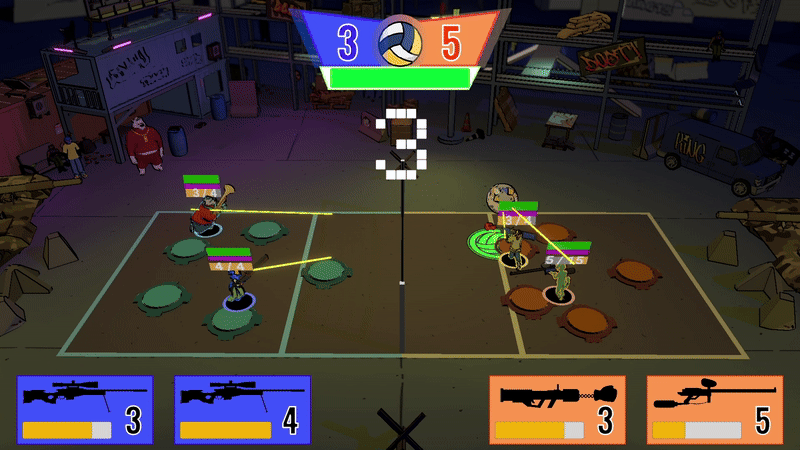
What I learned
-
Keeping a small scope and focusing on what makes your game fun is crucial.
-
Creating and maintaining strong lines of communication helps the game keep momentum throughout its development cycle.
-
Having high team morale greatly improves the quality of work done.
-
Leaving enough time at the end of the project for final implementation and bug fixes creates a more polished product.
